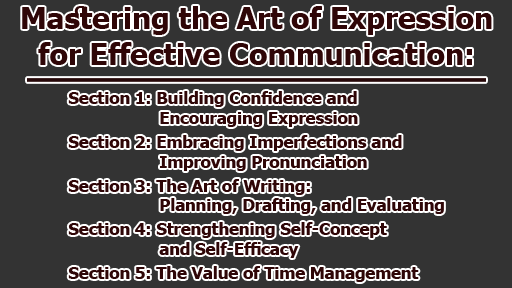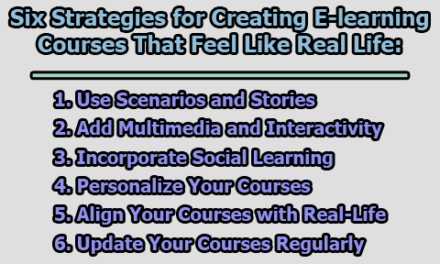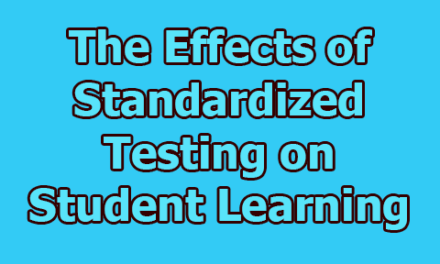Mastering the Art of Expression for Effective Communication:
Effective communication is the backbone of human interaction, enabling us to share ideas, emotions, and information with others. Whether we are speaking or writing, our ability to express ourselves clearly and confidently directly influences how we connect with people and how they perceive us. In this article, we will explore the various techniques to enhance our communication skills, focusing on both verbal expression and writing. Mastering the art of expression for effective communication.
Section 1: Building Confidence and Encouraging Expression:
1.1 Embracing Familiar Words: The foundation of effective communication lies in using language that is familiar to both ourselves and our audience. When we choose words we are comfortable with, we can articulate our thoughts more clearly and avoid potential misunderstandings.
Example: Instead of using complex medical jargon to explain a health condition to a friend, we might use simple and relatable terms to ensure they understand the situation.
1.2 Active Self-Encouragement: Positive self-talk is a powerful tool in overcoming communication anxiety and self-doubt. By acknowledging our unique perspectives and affirming our worth as communicators, we can build the confidence needed to express ourselves more effectively.
Example: Before giving a presentation, we can tell ourselves, “I have valuable insights to share, and I can deliver this presentation with confidence.”
1.3 The Power of Examples: When faced with the challenge of explaining abstract or intricate ideas, providing relevant examples can make our message more relatable and easier to grasp.
Example: To elucidate the concept of supply and demand, we can use a real-life scenario like the pricing of a popular item during a holiday sale.
1.4 Enjoying the Conversation: Communication is a two-way street that involves active listening and responding. By embracing the conversational aspect of communication, we can foster a more engaging and enjoyable exchange of ideas.
Example: In a friendly debate, instead of focusing solely on proving our point, we actively listen to the other person’s perspective and respond thoughtfully.
1.5 Making Eye Contact: During face-to-face interactions, maintaining appropriate eye contact shows respect, attentiveness, and sincerity, strengthening the connection with the listener.
Example: During a job interview, maintaining eye contact with the interviewer demonstrates our genuine interest and professionalism.
Section 2: Embracing Imperfections and Improving Pronunciation:
2.1 Acknowledging Mistakes: It is crucial to remember that everyone makes mistakes, and they are an inherent part of the learning process. Embracing our imperfections allows us to communicate more authentically and build stronger connections with others.
Example: If we mispronounce a foreign word while having a conversation with a native speaker, acknowledging the mistake and asking for the correct pronunciation can lead to a productive language exchange.
2.2 Using Fillers: While fillers like “um,” “uh,” or “you know” can be overused and disrupt the flow of communication, they can be helpful when we need a moment to gather our thoughts.
Example: When asked a challenging question during a presentation, using a brief filler like “um” can provide us with a momentary pause to formulate a well-thought-out response.
2.3 Pronunciation Matters: Clear pronunciation is essential for ensuring that our message is understood accurately. Paying attention to how we pronounce words and seeking feedback can help us improve our speech.
Example: Practicing the correct pronunciation of challenging words with a language partner or a pronunciation app can lead to noticeable improvements over time.
Section 3: The Art of Writing: Planning, Drafting, and Evaluating:
3.1 Planning Strategies: Before putting pen to paper or fingers to keyboard, taking time to plan our writing helps us stay focused on our goals and create a more coherent piece.
Example: When writing an essay, outlining the main points and supporting evidence allows us to structure our thoughts logically.
3.2 Emphasizing Communicative Purpose: Defining the purpose of our writing guides the content and tone of our piece, ensuring that it serves its intended function.
Example: When writing a persuasive email to a client, the purpose is to convince them to consider a new product or service, so the content should focus on its benefits and value.
3.3 Content is King: The substance of our writing holds the key to its effectiveness. Conducting thorough research and organizing our ideas cohesively makes our writing more informative and compelling.
Example: When writing an article about climate change, citing reputable sources and presenting statistical data enhances the credibility of our arguments.
3.4 Drafting with Care: Writing is a process of exploration and refinement. Allowing ourselves to produce an initial draft without harsh self-judgment allows creativity to flow freely.
Example: When writing a short story, we can let our imagination take the lead in the first draft, and then revise and polish it to create a captivating narrative.
3.5 Evaluating Our Writing: Objective evaluation of our work is essential to identify areas of improvement and enhance the overall quality of our writing.
Example: After completing a research paper, we can review it to ensure that each section supports the thesis and that the conclusions are well-supported by evidence.
Section 4: Strengthening Self-Concept and Self-Efficacy:
4.1 Self-Concept: How we perceive ourselves as communicators influences how we present our ideas to others. Developing a positive self-concept empowers us to express ourselves authentically and confidently.
Example: Recognizing our unique experiences and expertise in a particular field allows us to contribute meaningfully to discussions during professional meetings.
4.2 Building Self-Efficacy: Believing in our ability to express ourselves effectively sets the stage for successful communication. Celebrating our communication victories, no matter how small, boosts our self-efficacy.
Example: If we successfully negotiate a compromise during a group discussion, acknowledging our achievement increases our confidence in handling future collaborative endeavors.
Section 5: The Value of Time Management:
5.1 Respect for Time: Being mindful of time constraints in our conversations and writing demonstrates consideration for both our own and others’ schedules.
Example: When giving a presentation with a time limit, practicing in advance ensures that we stay within the allocated time frame.
5.2 Avoiding Procrastination: Procrastination can hinder effective communication. Employing time management techniques, such as setting deadlines and breaking tasks into smaller, manageable steps, can help overcome procrastination.
Example: When assigned a writing task, creating a timeline for research, outlining, and drafting reduces the likelihood of leaving the work until the last minute.
In conclusion, mastering the art of effective communication is a transformative journey that empowers us to connect more deeply with others and make a lasting impression. By embracing familiar words, actively encouraging ourselves, and providing relevant examples, we enhance our ability to express ideas clearly and confidently. Acknowledging imperfections and improving pronunciation adds authenticity to our communication, fostering stronger connections with our audience. Emphasizing planning and drafting strategies while evaluating our writing ensures that our messages are coherent and impactful on paper. Strengthening self-concept and self-efficacy fuels our confidence as communicators, enabling us to share our unique perspectives without hesitation. Lastly, being mindful of time management shows respect for our own time and that of others, leading to more efficient and productive exchanges. Through consistent practice and dedication to improving our communication skills, we unlock the door to endless opportunities, building meaningful relationships and achieving our goals with greater success.
References:
- Zhou, J., & Huang, L.-S. (2018). An exploration of strategies used by Chinese graduate students in electrical engineering and education: Integrating questionnaire, task performance, and post-task recall data. Asian-Pacific Journal of Second and Foreign Language Education, 3(1), 15. https://doi.org/10.1186/s40862-018-0054-2
- Farahian, M., & Avarzamani, F. (2018). Metacognitive awareness of skilled and less-skilled EFL writers. Asian-Pacific Journal of Second and Foreign Language Education, 3(1), 10. https://doi.org/10.1186/s40862-018-0052-4

Former Student at Rajshahi University










